Travel guide
Vietnamese New Year - Tet 2024

Vietnamese New Year - Tet 2024
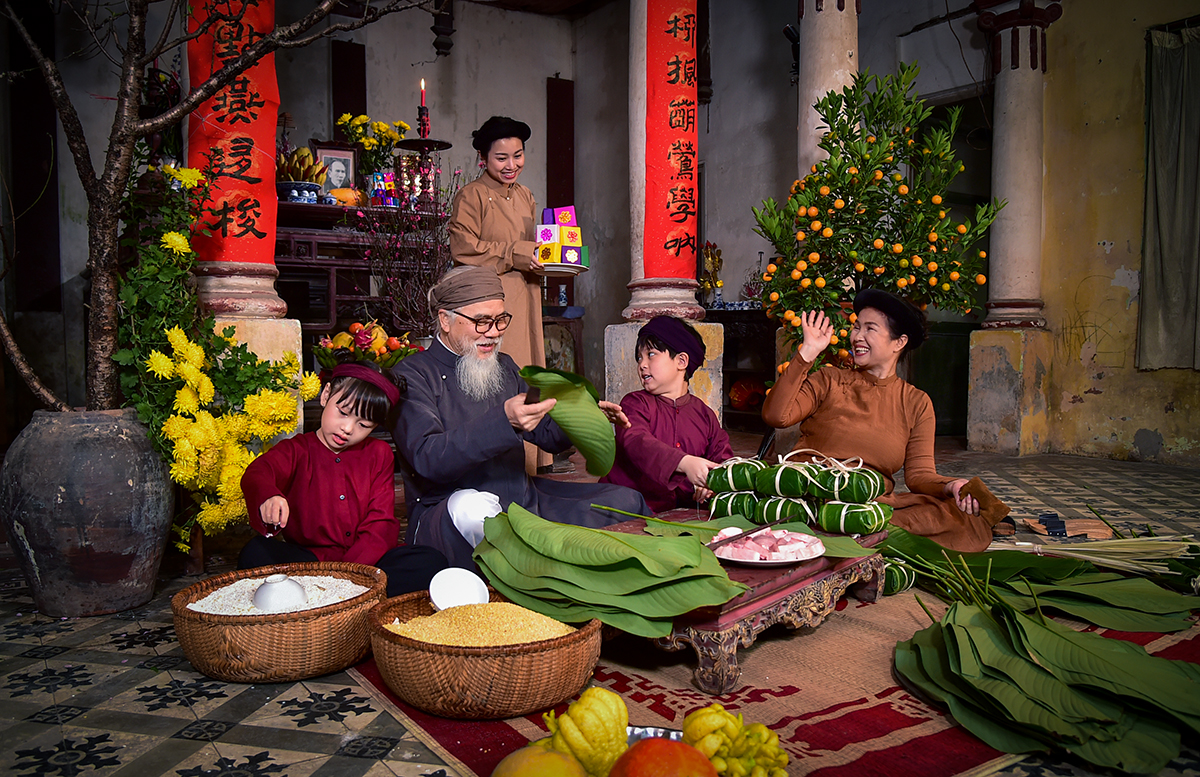
Vietnamese New Year, known as Tet or Tet Nguyen Dan, is the most important festival in Vietnam and marks the beginning of the new year on the lunar calendar as well as a lunisolar calendar. It is celebrated with vibrant customs, family gatherings, and traditional rituals that impress all visitors. If you are visiting Viet Nam during the Tet holiday, you are very lucky. Here are things to know.
What is Tet? When does Tet take place?
Tet (Tết) is the commonly used name of the Vietnamese New Year, it is short for Tet Nguyen Dan (Tết Nguyên Đán) which means ‘Festival of the First Morning of the First Day” in Vietnamese culture. It is also called the Spring Festival.
Tet takes place at a different time each year depending on when the first new moon is in the lunar calendar. However, this is typically between late January and mid-February. The Vietnamese New Year was first celebrated by the Chinese in Vietnam over 2000 years ago. At that time, Vietnam was part of Ancient China and so the Chinese New Year transcended generations to become the Vietnamese New Year. In the upcoming year, the Tet holiday in 2024 will be celebrated on February 10- the Year of the Dragon. The Tet festival was originally a three-day celebration, but it has gradually expanded to last up to one week.
Tet has indeed been influenced by Chinese customs, particularly due to historical and cultural interactions between Vietnam and China. However, over time, Tet has developed distinct customs and traditions that are unique to Vietnamese culture.
What do the people do during this festival?
Tet is the most important celebration to Vietnamese so they make preparations well in advance, typically a month or 1-2 weeks before the holiday. Vietnamese people believe that on the first day of the new year, everything must be carefully prepared and fully prosperous, good things will come throughout the year.
1. Cleaning and decorating the houses.

In the last days of the year, every family cleans their house from top to bottom, which means you throw away all the old things and bad things in the past to wait for new things next year. One special thing is that during the 3 days of Tet, you are not allowed to clean the house, especially sweeping the floor.
Vietnamese people like decorating their houses with flowers and plants during the Tet holiday. About two weeks before Tet, you will be overwhelmed by the vibrant and colorful markets known as "Chợ Tết" in Vietnamese. Markets and streets are jam-packed with shoppers flocking to purchase clothing, flowers, and plants, especially peach blossoms, apricot blossoms, and kumquat trees.
2. Shopping for new clothes and gifts
One of the most exciting Tet holiday traditions is shopping for new items, gifts, and new clothes. In the days leading up to Tet, adults often take children to Chợ Tết to buy new clothes to wear during the holiday. It’s considered to be lucky to wear new clothes, so be sure to pack your new outfits!
3. Ancestor worship and altar setup
Vietnamese people usually return to their families during Tet. Some return to worship at the family altar or visit the graves of their ancestors in their homeland. They also clear up the graves of their families as a sign of respect.
They believe that when they pass away, the spirits of their ancestors journey to another world, yet there are times when they continue to exist around us. Hence, during important family meals and feasts from New Year's Eve until the first three days of the year, it is essential to observe the ritual of paying respect to one's ancestors. On this occasion, the act of paying respect is performed to call upon the spirits of ancestors to gather and enjoy the meals prepared by their descendants.
4. Giving and receiving red envelopes (li xi)
Each lunar year is represented by a zodiac animal, as reflected in lucky money envelopes (lì xì) which are customarily gifted by elders to younger members of the family, or by managers to employees. Giving lucky money on the Tet holiday is a beautiful cultural tradition of the Vietnamese people, with the hope that good luck and fortune will come from the very first days of the new year.
5. Paying respects to parents and visiting relatives
During this time, children express their respect for their grandparents and parents by celebrating their longevity and presenting their grandparents, parents, and elderly relatives with Tet wishes for peace and good health. 'Respecting the elders' in Vietnamese society is a cultural beauty that deserves to be preserved and treasured.
6. Send Tet greetings
Tet is a time for sending blessings and good wishes to family and friends. Traditional Tet greeting cards are often decorated with poems or messages of good luck for the new year.
Learn Essential Phrases: Familiarize yourself with basic Tet greetings:
Chuc Mung Nam Moi: Happy New Year!
An Khang Thinh Vuong: Security, good health, and prosperity.
Van Su Nhu Y: May things go according to your will.
7. Visiting temples during Tet
Vietnamese people visit pagodas and temples to pray for health, happiness, and good fortune in the coming year. At midnight on New Year's Eve, many people visit pagodas, offering prayers for their well-being and the well-being of their loved ones. It is believed by many that all wishes made on New Year's Eve will come true. Many people make resolutions for the coming year. For example, people might resolve to quit smoking, lose weight, or save money.
8. Enjoy traditional dishes
During Tet, the Vietnamese Lunar New Year, a variety of traditional dishes are commonly enjoyed. Some popular Tet dishes include:
Giò Lụa (Vietnamese Pork Sausage): This flavorful sausage, often made with a combination of pork and various spices, is a staple during Tet.
Nem (Spring Rolls): These are often filled with a mix of pork, shrimp, vermicelli noodles, and vegetables. They are wrapped in rice paper and either deep-fried or served fresh.
Dưa Hấu (Watermelon): While not exclusive to Tet, watermelon is a common fruit enjoyed during the festivities, symbolizing freshness and luck.
Gà Luộc (Boiled Chicken): Boiled chicken, often served with a side of salt, lime, and pepper dipping sauce, is a simple yet important Tet dish.
Xôi Gấc (Red Sticky Rice): Colored with the vibrant red hue of the gấc fruit, this sticky rice dish is considered auspicious during Tet.
Mứt (Candied Fruits): Assorted candied fruits are commonly offered to guests as a gesture of hospitality and sweetness for the coming year.
Bánh Chưng (Chung cake ): It is a square-shaped sticky rice cake with pork, mung beans, and other ingredients, wrapped in banana leaves. The dish holds cultural significance and is often prepared as part of the Tet festivities.
Traveler’s Guide to Celebrating Vietnamese Lunar New Year
If you're dedicating your entire vacation to experiencing the Vietnamese New Year, these essential tips should not be overlooked!
Secure Your Travel Plans in Advance: If you're planning to visit Vietnam during Tet, it's advisable to book your tickets and accommodation well in advance due to limited services during this festive period.
Anticipate Crowds: Tet is a time when Vietnamese families travel nationwide to reunite with their ancestral roots. Expect crowded airports, train stations, and tourist destinations in the days leading up to Tet.
Respect Local Customs: During Tet, Vietnamese people prioritize family visits and celebrations. Be mindful of their time and avoid interrupting private gatherings. If invited to a Vietnamese Lunar New Year party, consider bringing Tet holiday gifts like red envelopes with money.
"TIP: On the first day of Tet, As all Vietnamese people refrain from working, and the majority of shops shut down, so it is challenging to find a restaurant or a cafe. But that is a rare chance to see Vietnam’s big cities empty of noise and traffic, especially Ha Noi and Ho Chi Minh. Take advantage of the quiet and explore by bicycle, scooter, or on foot.
The best places to celebrate the Tet Holiday in Vietnam
For an unforgettable Vietnam travel itinerary with vibrant celebration activities and culturally rich Tet customs, explore cities like Hanoi, Ho Chi Minh City, Ha Long, Da Nang, Hoi An, Nha Trang, and Phu Quoc. Immerse yourself in the Tet atmosphere, and participate in various unique Tet festivals in Vietnam as listed above.
Top 5 restaurants after golfing in Da Lat
Discover top restaurants in Da Lat for a delightful dining experience after golfing. From Vietnamese specialties to international cuisine, these eateries offer the perfect way to unwind after a day on the course.
Vietnam Mid-Autumn festival 2024 | All about Tet Trung Thu
Tết Trung Thu or Mid-autumn Festival, is also known in Vietnam as the “Children’s Festival”, takes place every year on the 15th day of the 8th lunar month. This year, the Mid-autumn Festival will be held on September 17, 2024 (Gregorian calendar), however preparations begin far in advance. Here’s how to make the most of this amazing holiday.
Hoi An: The cheapest destination in the world for British tourists
According to the 2024 Holiday Money report released by the UK's Post Office, Hoi An has become the cheapest destination in the world for UK travelers. In its 18-year history of ranking destinations, 2024 marks the first year that the ancient town of Hoi An has topped the list of long-haul destinations with the lowest costs for UK tourists, surpassing Bali (Indonesia), Penang (Malaysia), and Phuket (Thailand).
Vietnam is a safe country for solo female travelers
The global magazine Time Out ranked Vietnam as one of the best destinations for solo female travel in 2024. It was the only Southeast Asian representative on this list.
Top 3 Michelin-Starred Restaurants in Hanoi, Vietnam
These top 3 Michelin-starred restaurants in Hanoi promise an unforgettable gastronomic experience, combining exquisite flavors, impeccable service, and enchanting ambiance.
Vietnam table manners and traditions - Cultural tips for travelers
If you have a chance to be invited by a Vietnamese person to have a meal with their family and you don't know what Vietnamese table manners are like, here are a few tips for you.
Sapa: A Charming Gem in Northwest Vietnam
One of the best places to visit Northen Vietnam’s mountain paradise is Sapa, Vietnam – located in Lao Cai Province. Sapa town is perched at the precipice of a deep valley, cradling magnificent rice terraces that have been diligently farmed for centuries. And reigning supreme over this dramatic landscape is the region’s crowning jewel, Mount Fansipan, majestically gracing the rugged ridge line high above the town. Sapa beckons, promising a visual symphony that words can scarcely capture.
Ninh Binh Viet Nam: Your Ultimate Guide to an Unforgettable Journey
Ninh Bình, located to south of the Northern Delta amid the Red and Ma rivers, offers an enchanting blend of natural splendor and historical intrigue. Boasting a population of 898,500 and covering 1,329.4 km², this region also features a brief coastline along the Gulf of Tonkin.
Travel guide




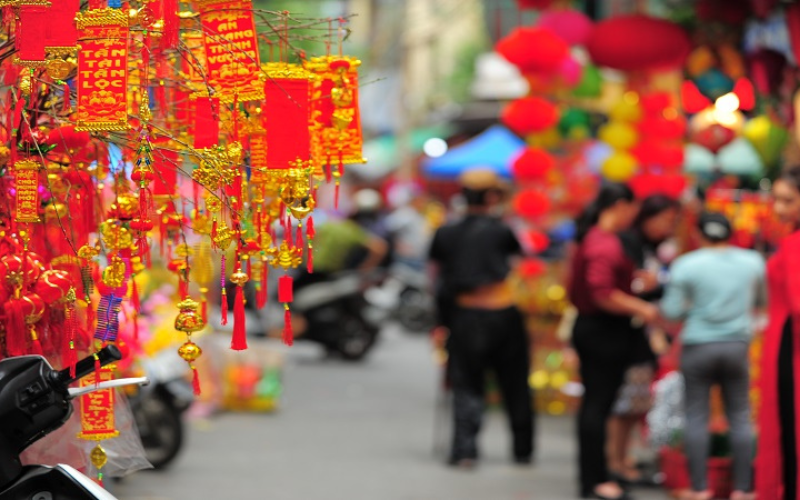
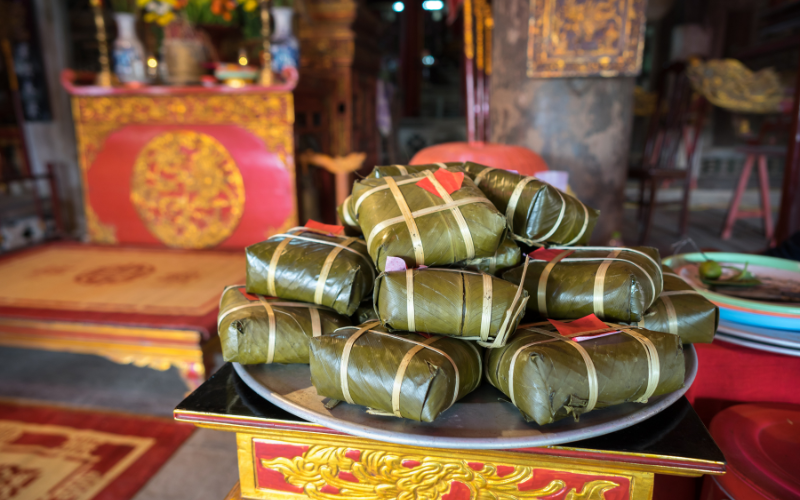

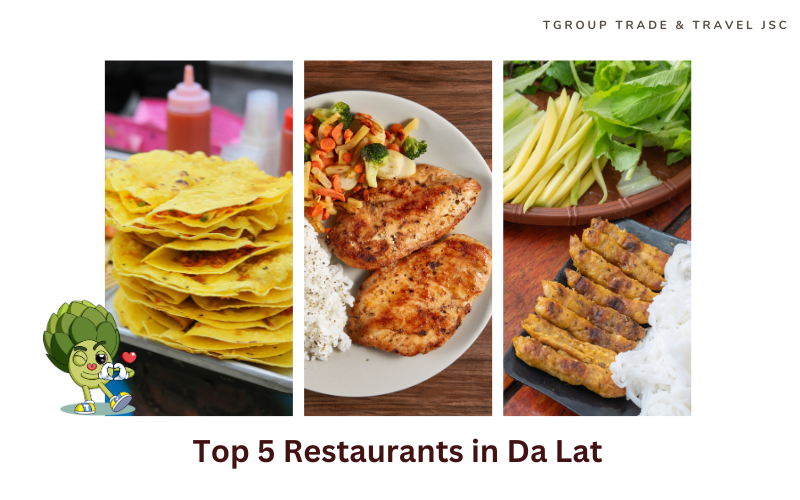
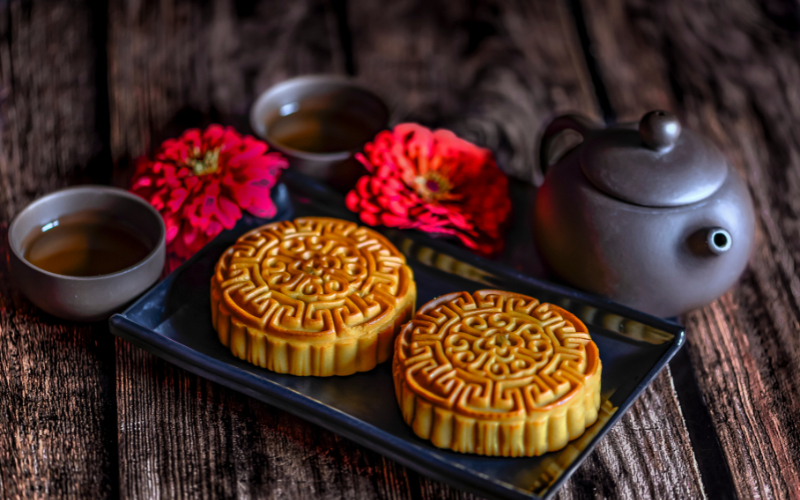
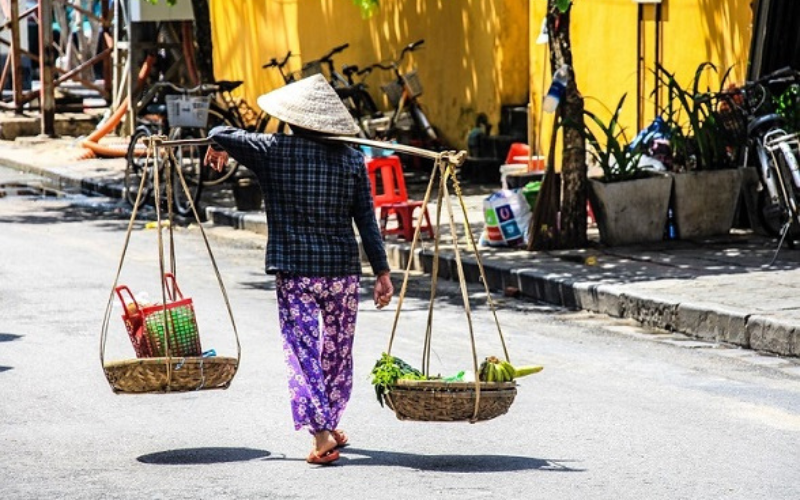

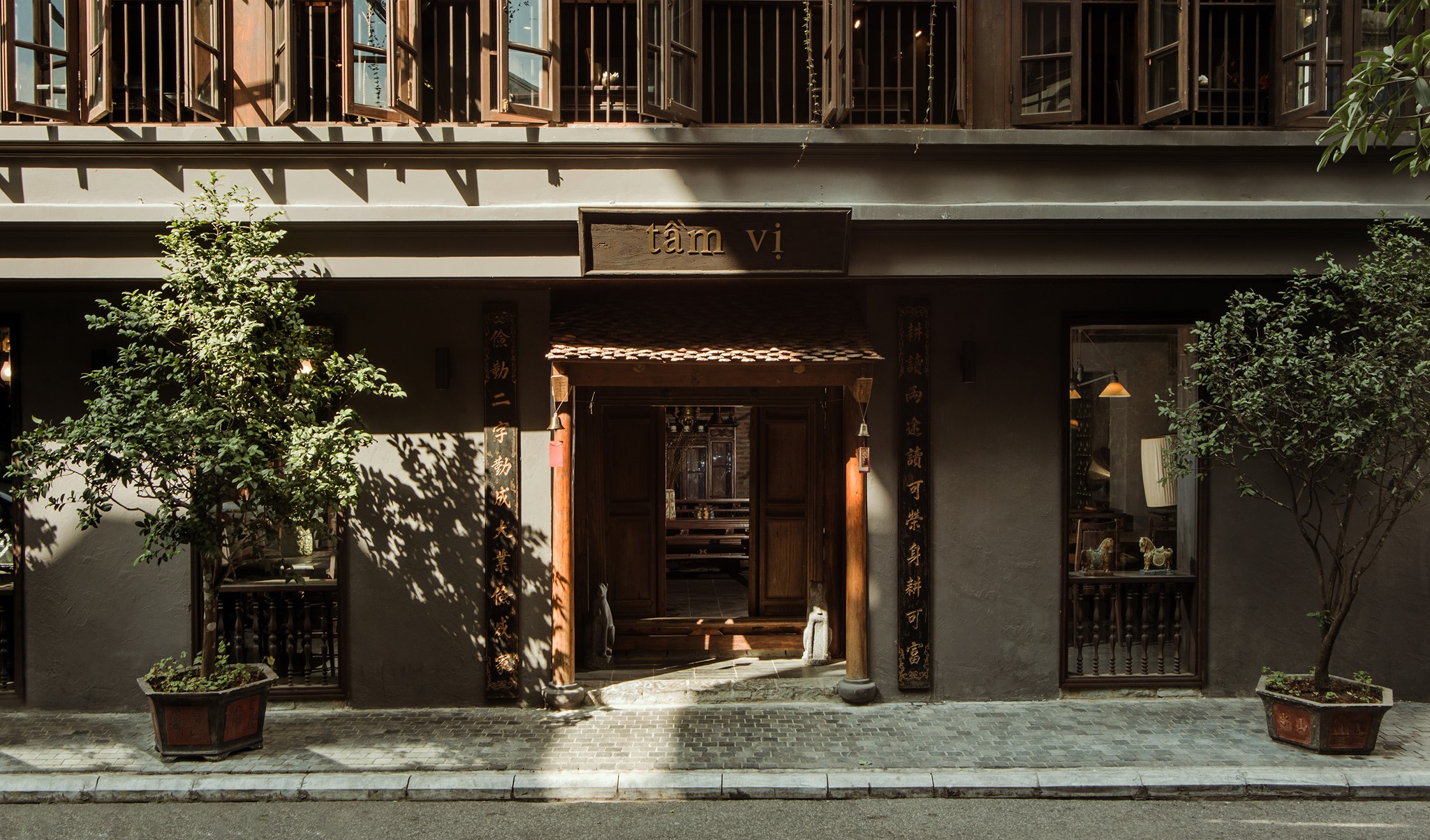
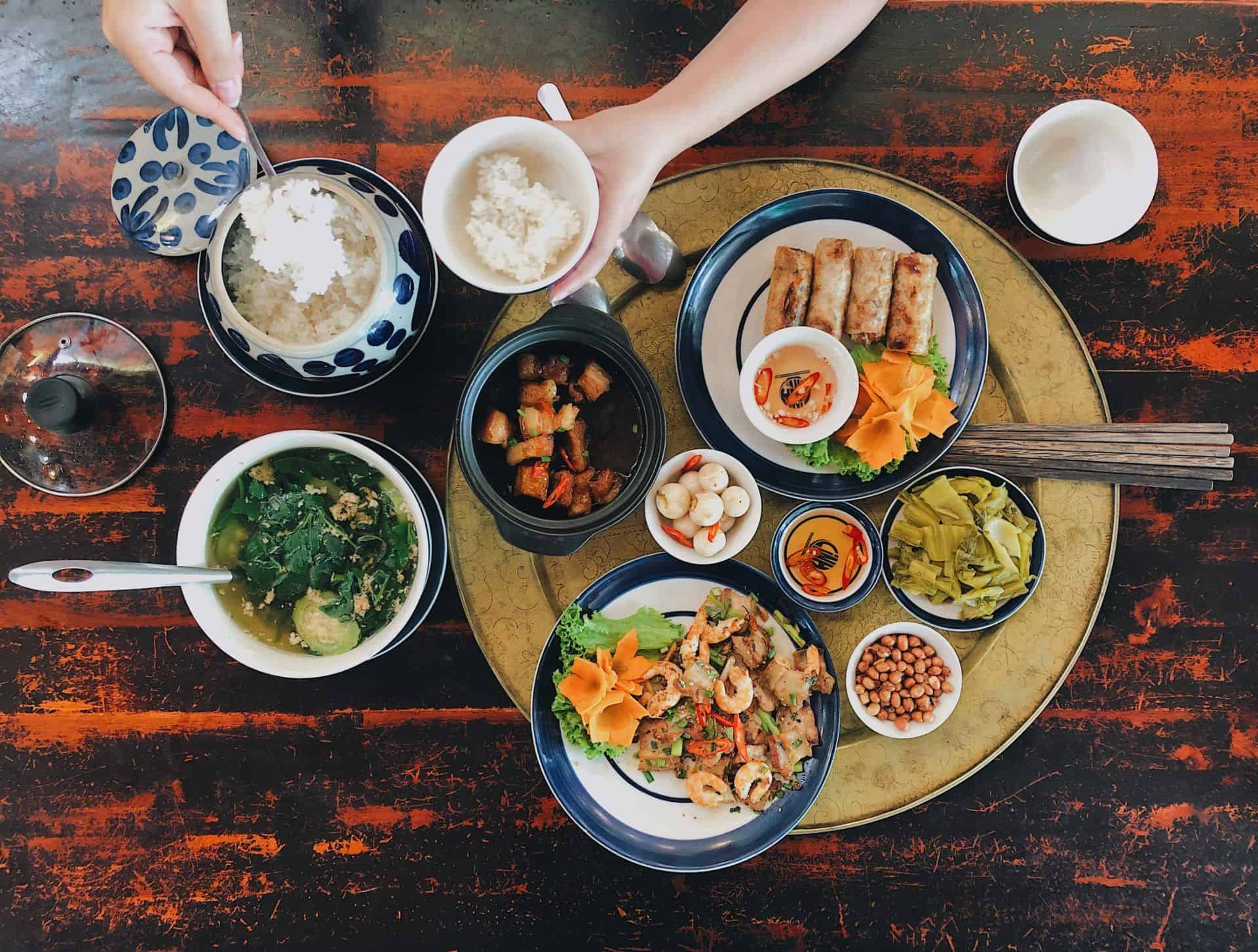
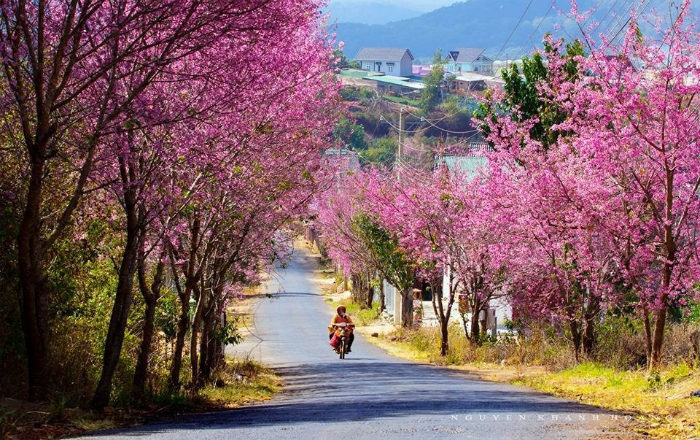




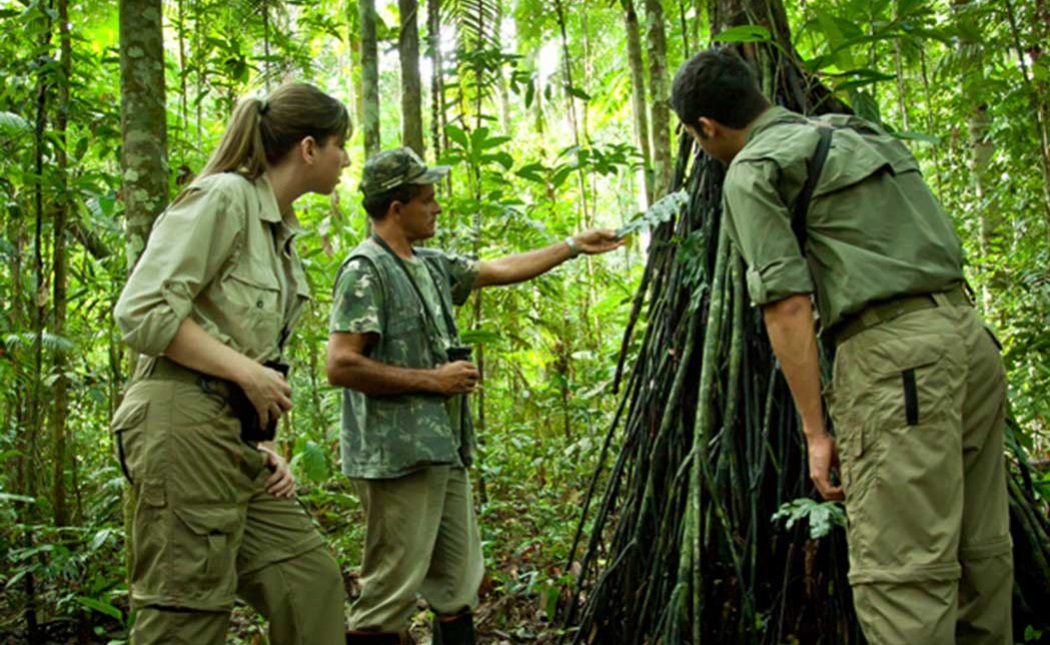
.jpg)
